Hypoallergenic dogs, or popularly known as non-shedding dogs are more popular than ever. Dog allergies are a big thing nowadays. And as allergies are getting more common, dogs that do not shed are getting more popular. Dog owners are simply looking for a furry friend they can have around the home.
Now, before we get to these breeds, we have to stress that no dog is 100% hypoallergenic. All dogs shed some allergens, but these breeds do it minimally. And they are better for allergy sufferers.
What does hypoallergenic mean?
Hypoallergenic dogs are classified as such because they do not shed. But you can also be allergic to a dog’s saliva and dander. However, in these dog breeds, shedding is minimal. They are relatively unlikely to cause an allergic reaction.
Most of these dogs have single-layered coats. And while they have heavy coats, single-layered means less dander attaching to furniture and floating around in the home.
What can cause a dog allergy?
Statistics show that up to 10% of Americans are allergic to dogs. And while the common thinking is that dog hair can trigger an allergy attack, it is far from the truth. In fact, pet dander, which is attached to the end of the hair is what triggers allergy attacks and symptoms like runny nose, sneezing, itchy eyes, and irritation.
What is dander? It is dead skin, similar to human dandruff. When your dog sheds hair and renews his top layer of skin, the dander is free to circulate in the air. Your dog sheds and renews his top layer roughly every 21 days.
Dander can attach to furniture, linen, wall coverings, and pretty much everything in your home. Dogs that do not shed are mostly dander-free.
How to reduce allergy symptoms?
No matter if you have any of these hypoallergenic dogs or not, you can decrease allergy symptoms easily.
Here are some tips to try:
- Wash your pet bedding on a regular basis
- Change air filters in your home frequently and constantly
- Get a high-efficiency HEPA air cleaner for your home
- Prohibit dog access in an allergy-free zone
- Groom your dog every 4 weeks using an anti-allergenic shampoo
- Brush your dog a few times per week
- If nothing helps, consider allergy shots for yourself
With that in mind, here are some breeds that are known as hypoallergenic dogs.
Best Dog Breeds that do not shed
Tibetan terrier
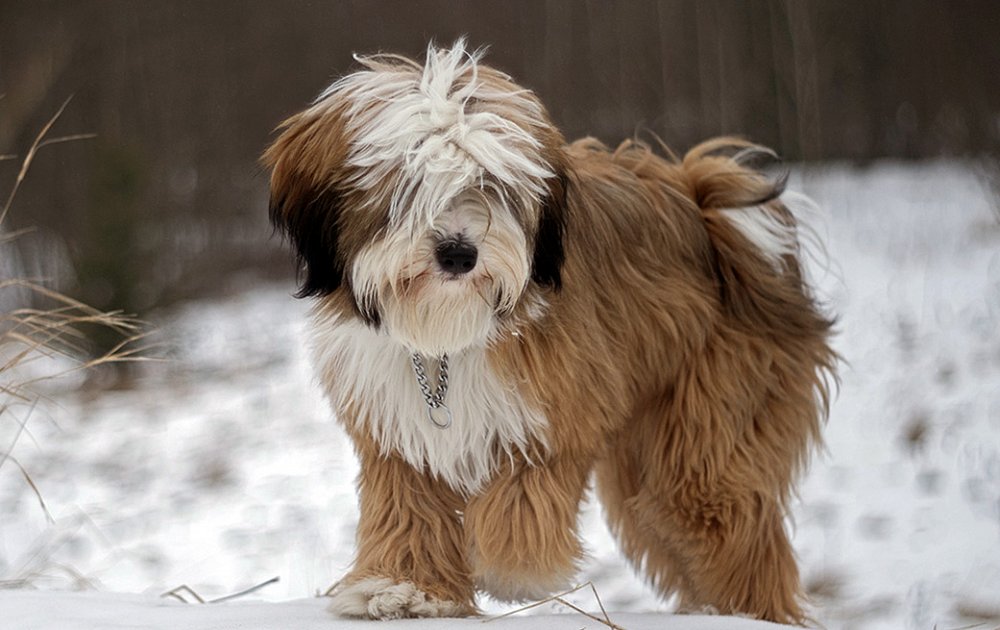
Fun fact: this dog is not part of the terrier AKC group. Yes, he carries the name terrier, but that is because when Europeans came to Tibet, this dog looked like a terrier. He is a medium-size breed originating in Tibet.
He does have a lot of hair, but he is still hypoallergenic. He sheds minimally, and with a good amount of grooming and brushing, you can tackle the shedding.
Originally, these dogs were companion dogs for Buddhist monks and guard dogs, but nowadays, they are a family pet.
Shih Tzu
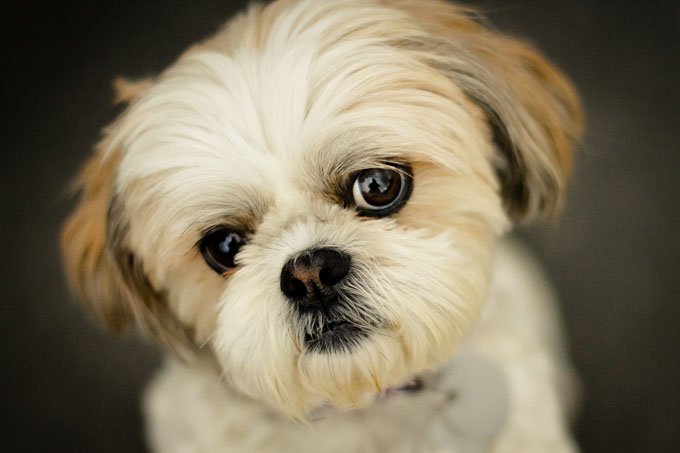
There will be a lot of fluffy dogs on this list. We start with the Shih Tzu, a dog that has ancient and royal Chinese ancestry. This dog was bred to resemble lions. But he is far from a lion. His name actually means lion dog in Chinese.
He was a royal companion of the monarch and emperors in China. He does not shed. Hair falls out of his coat only when brushed.
Brussels Griffon
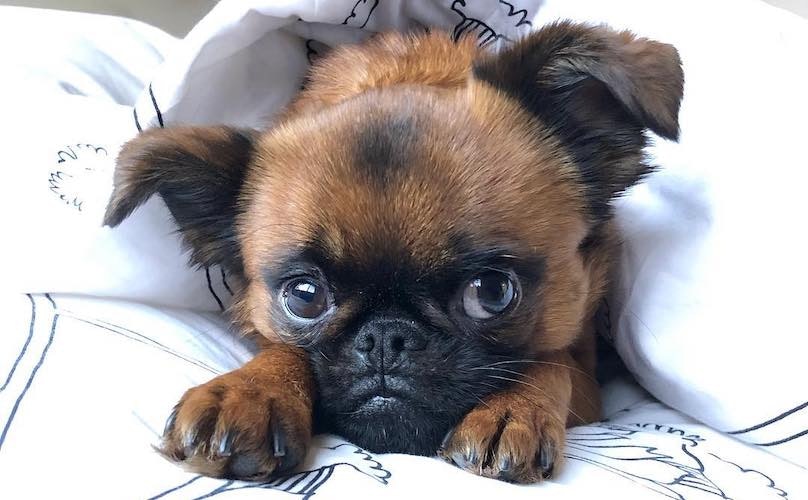
You might remember this dog from the movie As Good as it Gets. Truth be told, a lot of people didn’t know about him before the movie.
He has great watchdog abilities, despite his little size. And he is quite friendly with other people, dogs, and animals in general. They shed hardly any hair at all. While they make great family dogs, the Brussells Griffon tends to bond with one particular person.
Just remember, if you get one, expect a lot of noise and communication. He is quite the expressive dog, and will not back down from telling you anything he wants.
Maltese
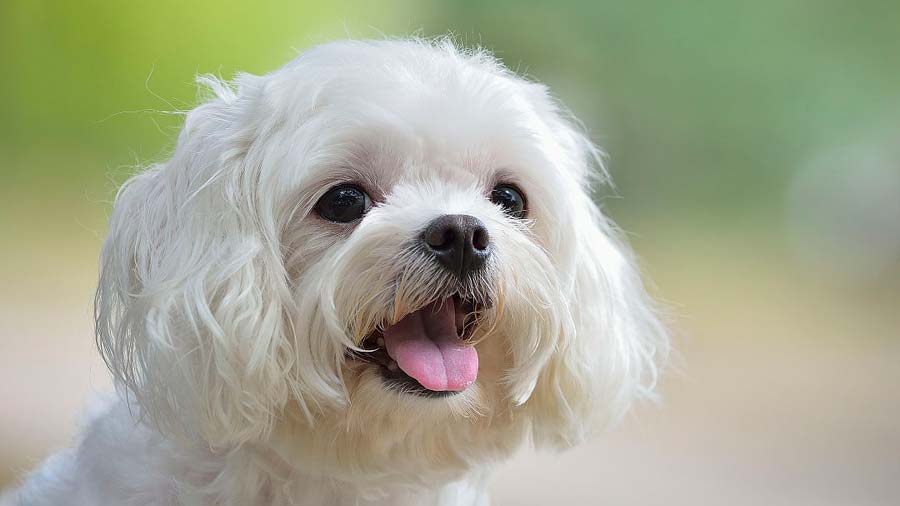
The Maltese is a breed similar to the Shih Tzu. They are all part of the toy dog group and lap dog. What the Maltese loves the most is spending time with his family, as well as lying on the couch.
And the best part is, he is light, and you won’t have trouble keeping him on your lap. Weighing only seven pounds, the Maltese defines the concept of a lap dog. You can expect marathon cuddle sessions.
The Maltese can be friendly with other dogs, but he is mostly devoted to his family. And he might be small, but he will be protective of his close ones. Without training and socialization, he can become jealous when other animals come near you.
Bichon Frise
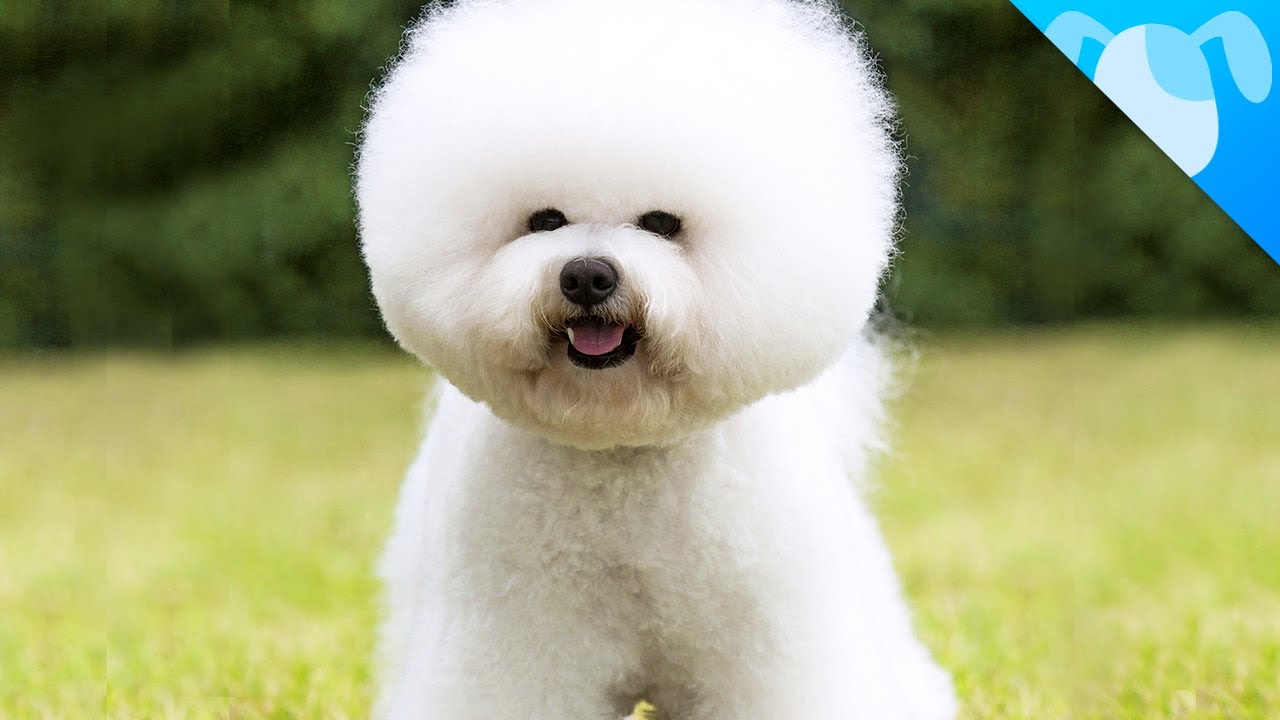
The Bichon and Maltese are often mistaken for one another. And that is because they both look like a bowl of hair when they are puppies. But as they grow, they are quite different. For starters, the Bichon has more curly hair. And he is a tad bigger than the Maltese.
Same as the Maltese, the Bichon Frise loves cuddling sessions and playing with his family. He has a hypoallergenic coat that requires frequent and regular grooming sessions. One of the best parts about the Bichon Frise is you can give him fun hairstyles and haircuts. In French, his name literally translates to Curly Lap Dog.
Portuguese Water Dog
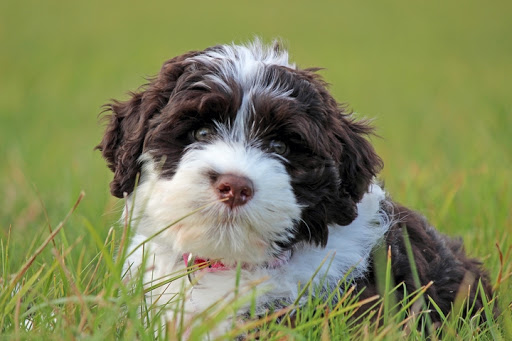
Most of the dogs on the list by now were small, or maximum medium dog breeds. But if you favor a larger breed that does not shed, go for the Portuguese Water Dog. He is a muscular, energetic, and loyal companion.
Their coat sheds very little, and you can easily recognize him thanks to his curly hair. He does require regular grooming. These dogs are rare, which is why their price might go up. But if you are looking for a family dog, just remember President Obama. Bo was a Portuguese Water Dog that was a gift to his daughters on his inauguration day.
Poodle
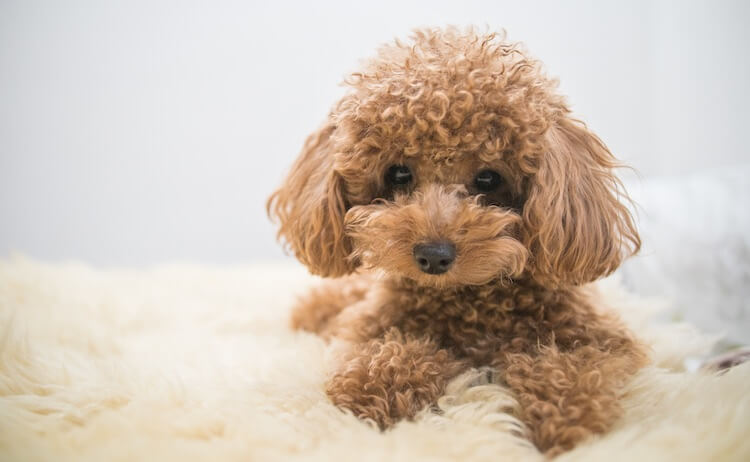
When you think of a hypoallergenic family dog breed, nothing beats the Poodle. These dogs come in three different sizes, depending on what you like. Toy, miniature, or standard Poodle, they are all hypoallergenic.
The Poodle is also the second most intelligent dog breed. Their intelligence and responsive nature make them perfect family dogs. The Poodle will react to commands, but she also requires a lot of mental stimulation.
And the best part is Poodles are virtually odorless.
Kerry Blue Terrier

These dogs are born with a black coat, but the blue appears when they turn 2. That is why they are known as Kerry Blue Terrier. They were bred to be working dogs, doing tasks like guarding, hunting pests, and herding animals.
But nowadays, they are more of a family dog. Their hair is similar in texture to fine human hair.
Havanese
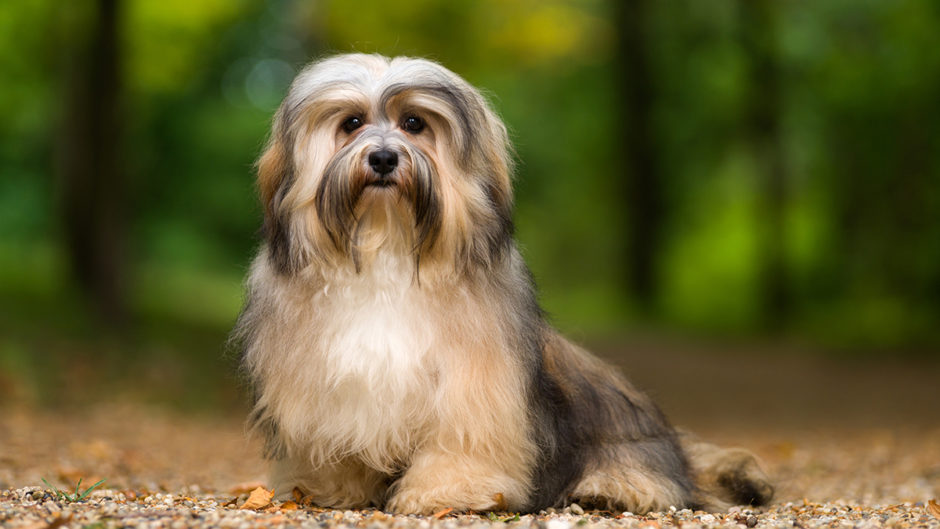
You can say the Havanese is a Maltese from Cuba. This is the national dog of Cuba. His history includes crossing with the Poodle, which is how this breed got its hypoallergenic coat.
These dogs are spirited and friendly and make great pets for families with children. Social and lively, they will be comfortable around pets as well.
Originally, they were bred for aristocrats on Cuba. And they got the nickname Velcro Dog because they were extremely close to their owners.
West Highland Terrier

If you like a lively and energetic dog that will help you with allergies, there are few better options than the Westie. This dog has quite a lively temperament and sheds only minimally. Their cheerful attitude will help improve your mood and will keep you giggling throughout the day.
The beauty of a Westie is its portable size and friendly disposition. You can say they have the most compact build among terriers, which is why they are so popular.
Chinese Crested
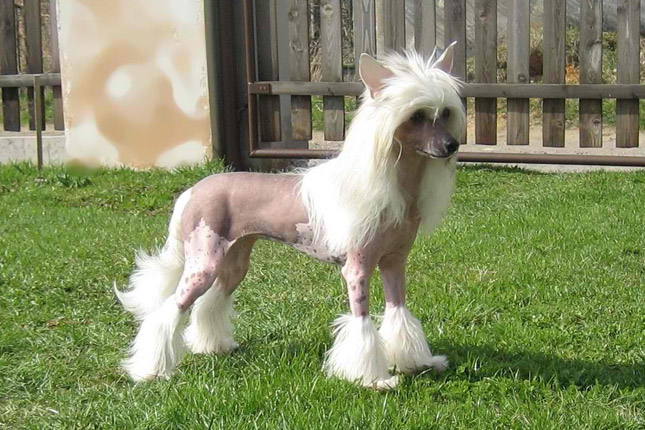
The Chinese Crested is available in hairless and with soft hair variety. Both of them are hypoallergenic. These dogs are alert and agile, and perfect for a more active owner.
While they originated in Africa, they came to China thanks to Chinese traders. These traders let the dogs on the ship to hunt vermin.
Yorkshire terrier

The Yorkie is everything you want in a small and hypoallergenic dog. He is friendly, he is active, he is lively, and he will express his opinion. At the same time, the Yorkshire terrier is incredibly cute and adorable. And you can change his hairstyle and haircut as you wish.
Just do not judge this dog by his size. He has terrier blood in him, and he will act as the largest dog in the park. He can be quite willful, and stubborn at times. Originally, they were bred to hunt rodents.
Coton de Tulear
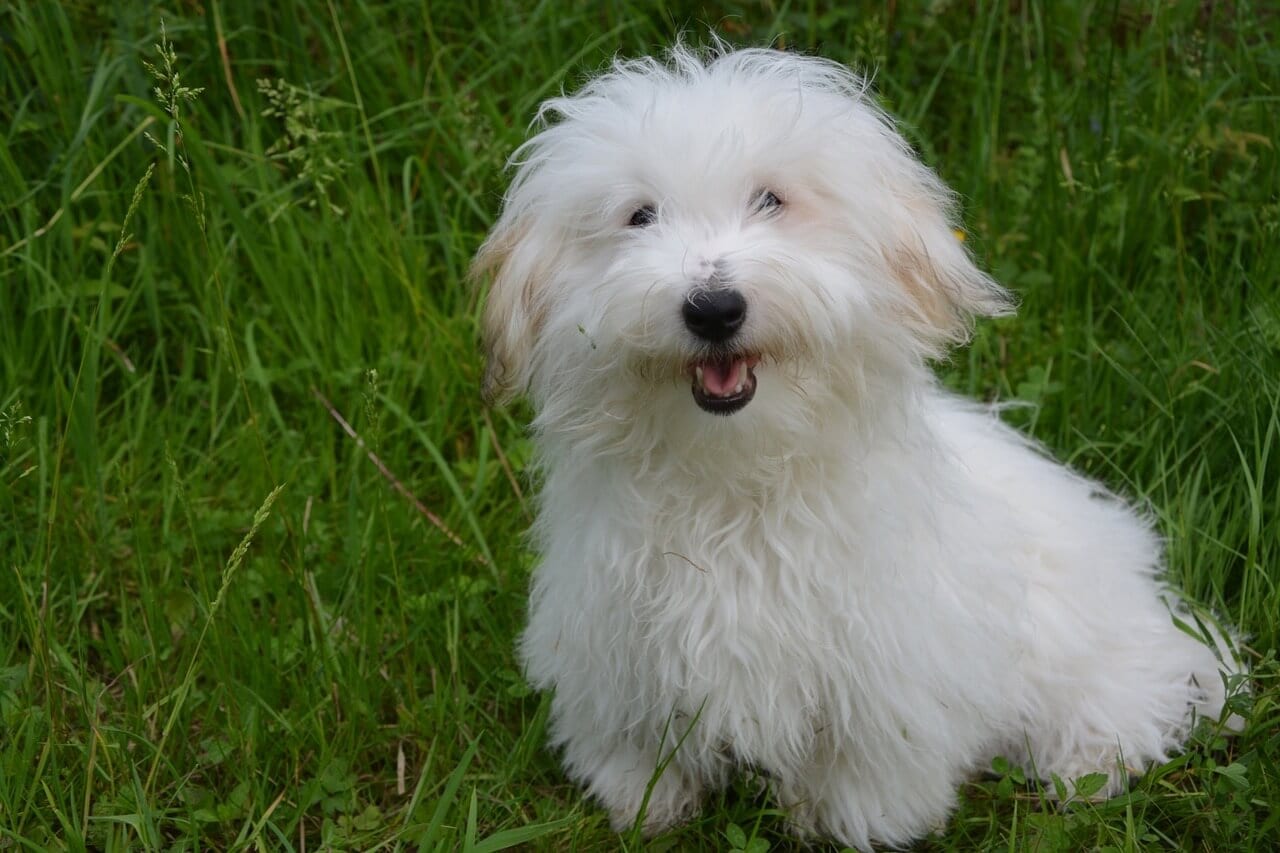
This French dog will follow you anywhere you move around the house. He can easily be your cheerful little shadow. He is the royal dog of Madagascar, but he is more known as a native French breed.
According to the legend, he descends from dogs that survived an ancient shipwreck near Madagascar. He resembles the Bichon Frise with his soft and white hair. But he has more silky than curly hair.

